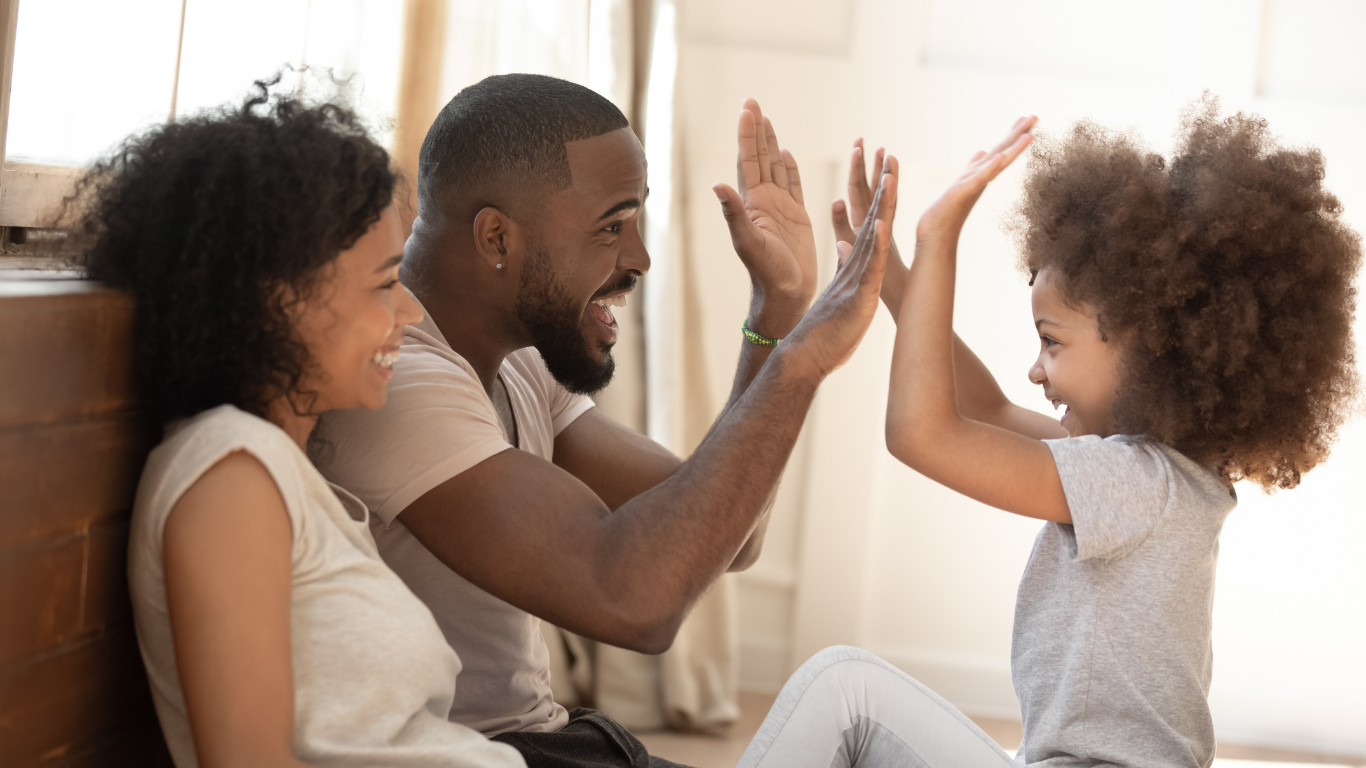Help Your Child Self-Regulate
Self-regulation…this has been on my list of topics to write about for months. Because so many parents talk about how their child struggles to regulate themselves, their body, and their actions.
If you feel like your child is constantly running around the house, tumbling around, snatching things from their siblings, and all you can hear is screaming and yelling…your child is likely struggling with self-regulation.
What is self-regulation?
Self-regulation is how your child is able to both become aware of their body, and at the same time notice what they are doing and stop themselves so that they are able to control themselves and their emotions.
For kids who struggle with impulsivity and ADHD, self-regulation is a big challenge because it includes executive functioning skills like emotional regulation and impulsivity.
It’s important to know that self-regulation is a skill and it takes time for many kids (and adults) to learn. Over time, kids with ADHD tend to become less impulsivity and show more self-regulation.
So if you find yourself in a particularly difficult stage of your child’s life, keep in mind that things will likely get better over the upcoming years as your child matures.
Even though developmentally, it is normal for it to take time for kids to develop their self-regulation skills, there are still things that you can do as a parent that will help them along the way.
Keep reading for tips about what you can do now to support your ADHD child’s self-regulation.
Tip #1: Normalize self-regulation
I recently stumbled across a book about self-regulation and impulsivity that is a new favorite of mine. If your child enjoys reading, they may like the Impulsive Sarah May: Learning How to Use Self-Control.
The book talks a lot about what impulses are and Sarah May talks through some strategies she uses to regulate herself. Sarah May helps normalize impulse control challenges and can help with some of the shame that comes around being impulsive.
Tip #2: Talk about big and small emotions
To further help your child self-regulate, it’s helpful to teach them that emotions aren’t good or bad, they just are emotions. And emotions also have varying sizes, so it can be helpful to talk about what the size of emotions are.
When your child is experiencing big emotions, you can talk about how their emotions feel like a big deal to them in the moment.
Noticing the different sizes of emotions can help your child start to recognize that different sizes of emotions can lead to different solutions.
Tip #3: Finding the magic soothing activity
All kids are different, but it seems that some kids tend to have 1-2 activities that help them calm down and quiet their mind and body.
For some kids, it’s reading and for others it is Legos or even games like Marble Run. Keep trying out different activities and notice what activities your child finds are most calming for their minds and body.
Building these activities into their day while also using them strategically can be particularly helpful.
Another helpful tool for self-regulation
If you’re looking for more support for helping your child learn to self-regulate, there are some free videos online at Unstuck and On Target, which is a treatment for kids with executive functioning challenges.
I hope this blog was helpful and that you took away some useful strategies. If so, let me know by sending me an email at carrie@drcarriejackson.com

